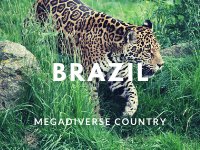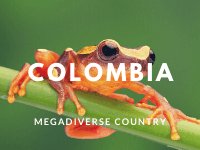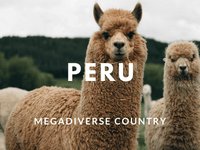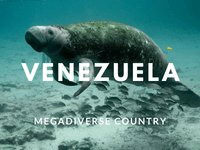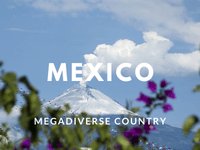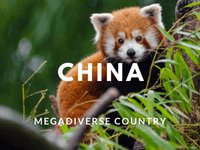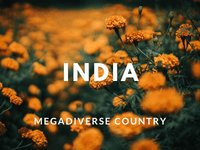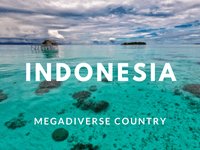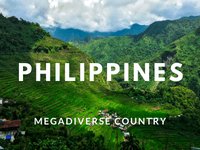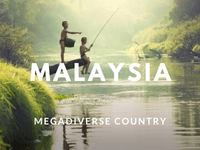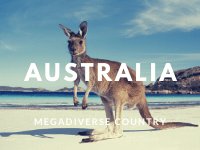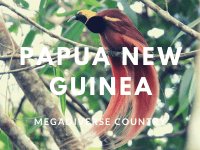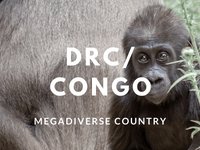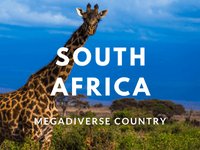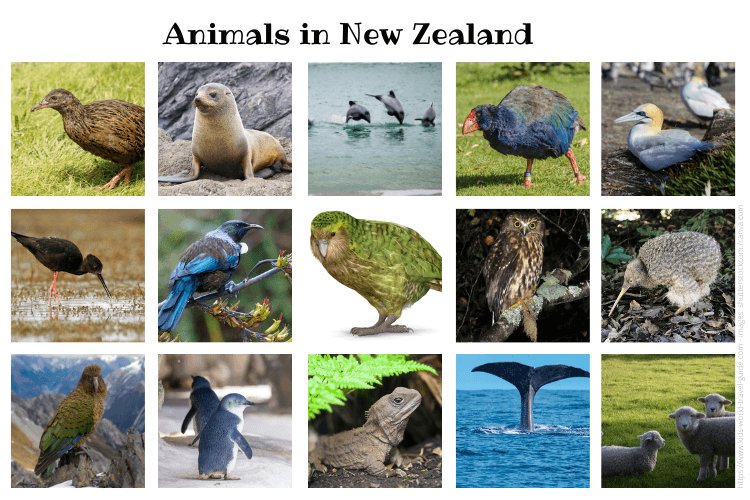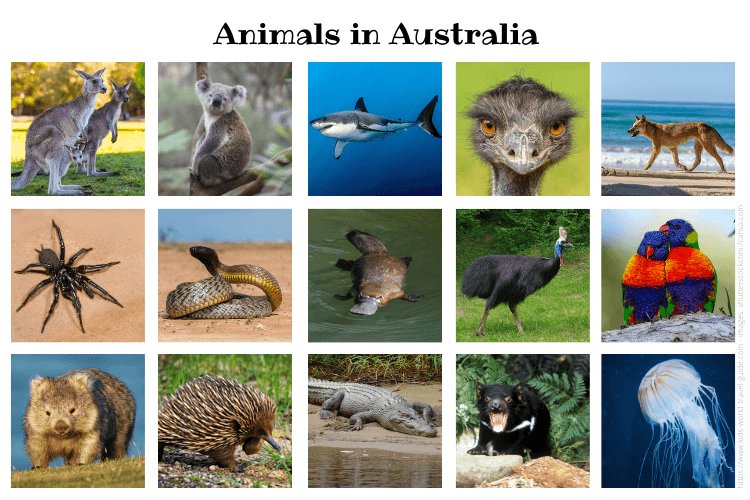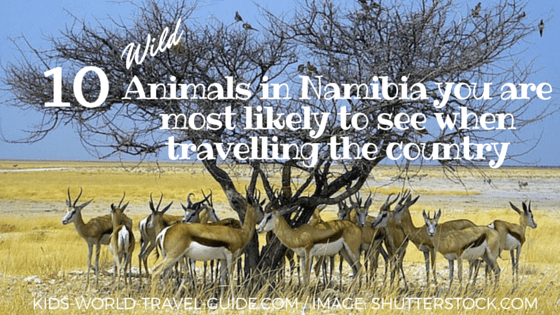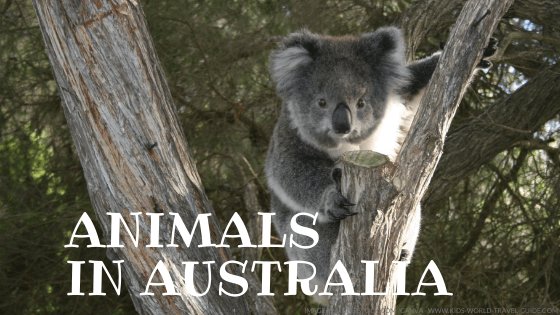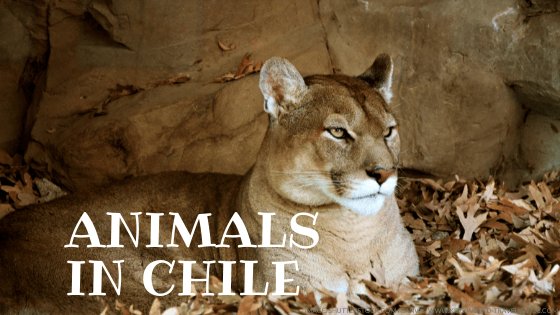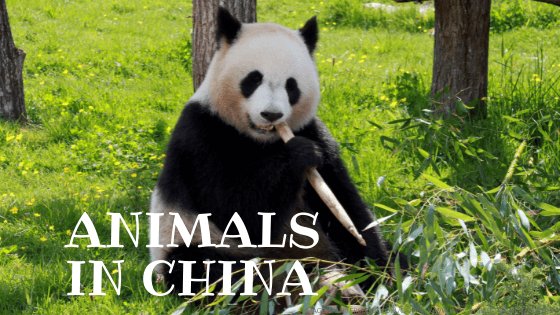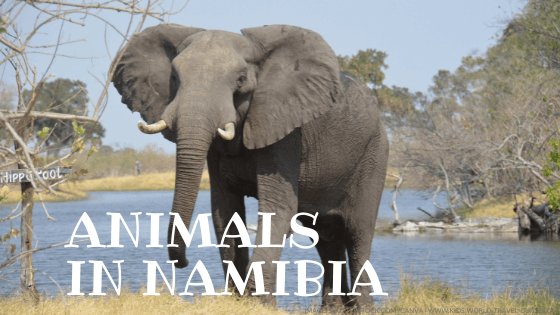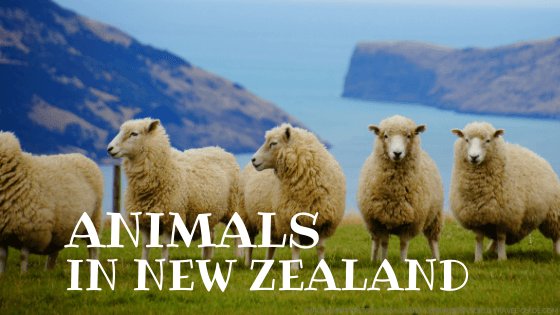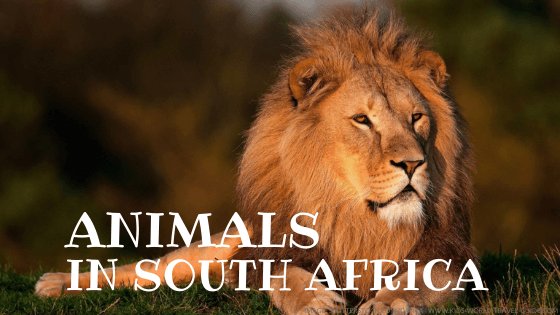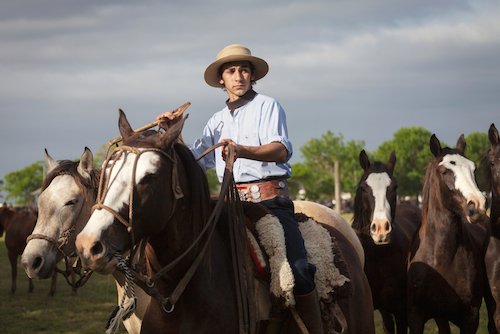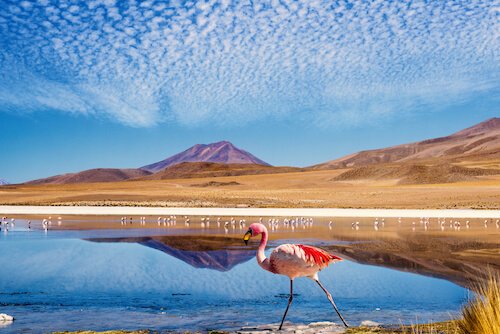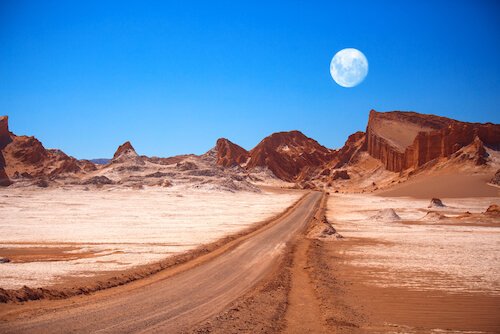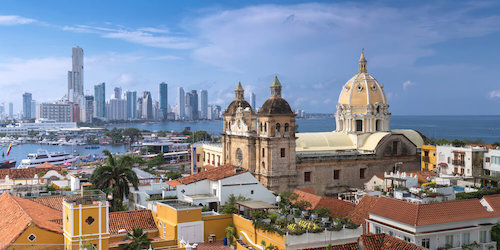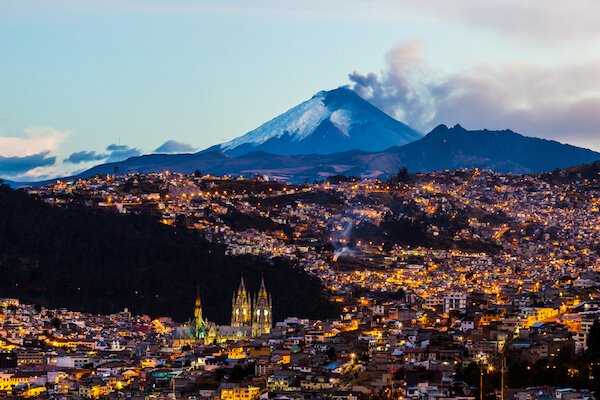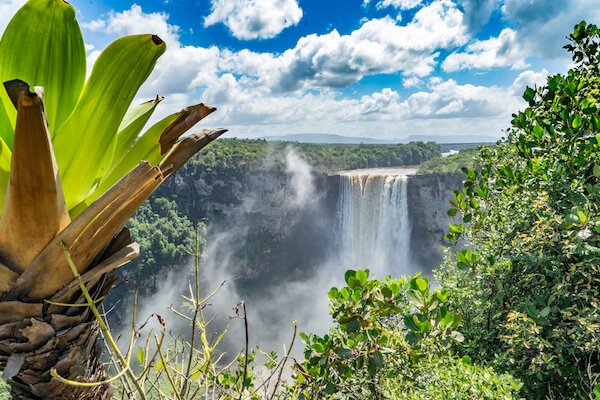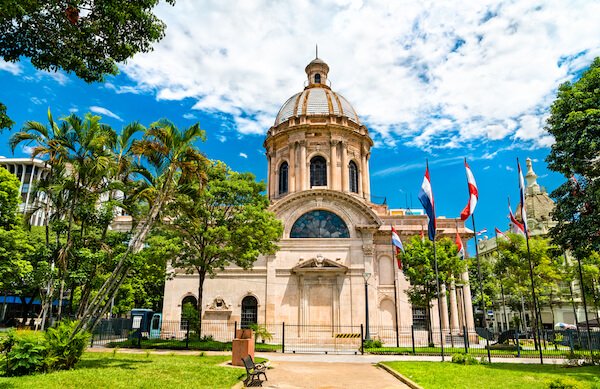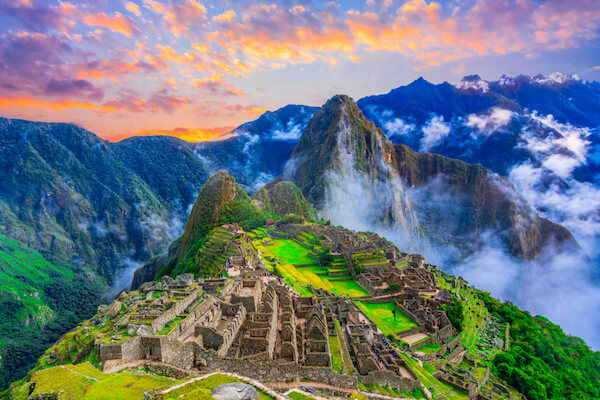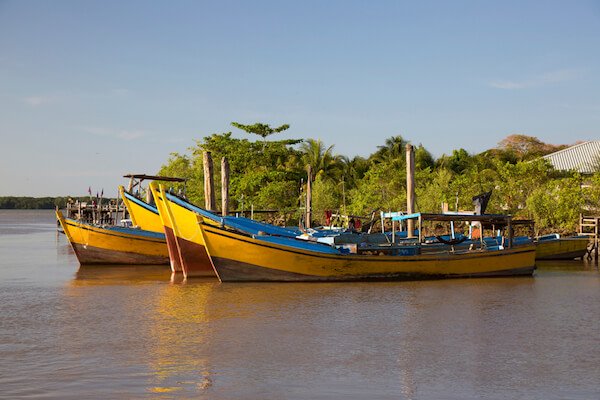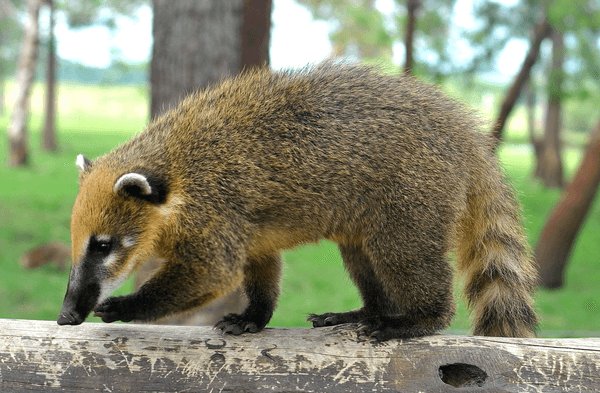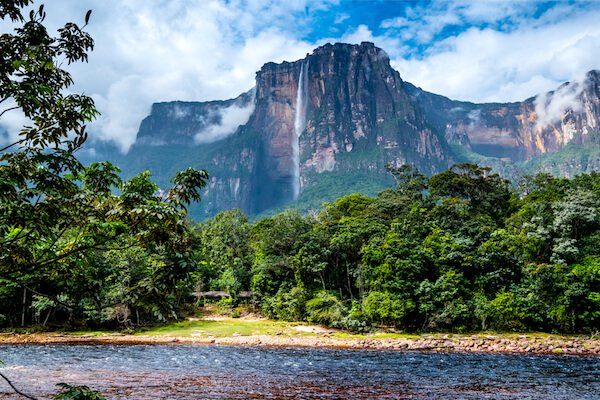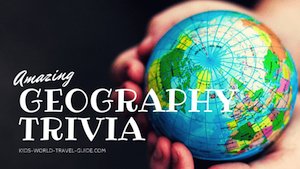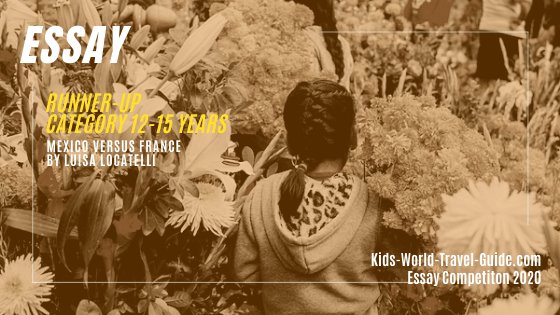Megadiverse Countries
Geo for Kids | Explained for Kids
There are 17 megadiverse countries on our planet.
But what does this mean: 'megadiverse'? Which countries are these and where are they located? And what makes a country 'megadiverse'?

Megadiverse Country Facts
Megadiverse countries are all the countries on our planet that house a large number of endemic species. 'Endemic' means species that only exist in this country.
When is a country called 'megadiverse'?
There are two basic conditions:
- The country must have a minimum of 5,000 endemic plants
- The country must also have a marine ecosystem within its borders which means the country must border an ocean.
Mega-diverse countries thus have a high biodiversity within their borders. This means there are many more animal and plant species living in these countries than in other parts of the world.
Megadiverse Countries
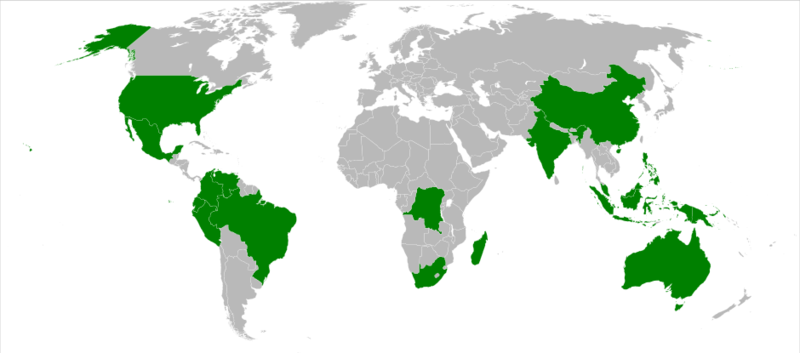 Map of Megadiverse Countries
Map of Megadiverse CountriesThe 17 countries cover about 10% of the Earth's surface but are home to more than 70% of all species.
These 17 mega-diverse countries (of all 195 countries around the world) house more than
- two thirds of all non-fish vertebrate species and
- three quarters of all higher plant species.
There are countries with high biodiversity on all continents, though the natural environment in Europe and that on Antarctica is not as biodiverse as certain regions in North and South America, Africa, Australia and Asia.
Which countries are called 'megadiverse'?
According to Conservation International 1988, these are the 17 megadiverse countries:
In South America:
In North America:
In Asia:
In Oceania:
In Africa:
Megadiversity | Biodiversity
'Biodiversity' means that there are many different species living on our planet. Some countries have more variety in species than others.
'Megadiversity' means there is extreme high biodiversity. All the countries that are called 'megadiverse' have a very high biodiversity, that means many different species of animals and plants exist in the country.
Most of the countries that are especially rich in flora (plants) and fauna (wildlife) are located in the tropical regions.
Which country is known for having the highest biodiversity of all countries?
Brazil is the top megadiverse country and has the highest biodiversity. It is understood that up to 20% per cent of biological diversity in the world is found within Brazil. The country houses
- 120,000 species of invertebrates,
- 9,000 species of invertebrates and
- 4,000 species of plants.
Megadiverse Countries | The Plan
The concept was first published by Russell Mittermeier in 1988.
The aim of this concept was to raise awareness especially in those countries about threatened species to help protect the natural biodiversity of the country.
The main challenge of megadiverse countries are deforestation, overfishing and climate change. The highly biodiverse countries are most threatened and the change in their ecosystems will affect all of us on our planet.
For example, the Philippines which have the fifth highest biodiversity loose a high amount of forest every year. This affect all of us on this planet. Any change to the land will affect the rate of biodiversity.
The Philippines are known for their many species of bananas, rice or coconut, however, with changing agricultural patterns this will affect the diversity of the species as well.
Megadiverse Countries | Resources
- UN Environment Programme. "Biodiversity A-Z: Megadiverse Countries." BiodiversityAZ. Last accessed 2 March 2022
- Iberdrola. "Megadiverse Countries." Iberdrola. Last accessed 2 March 2022
- UN Environment. "Convention on Biological Diversity: Country Profiles." CBD.int. Last accessed 2 March 2022
